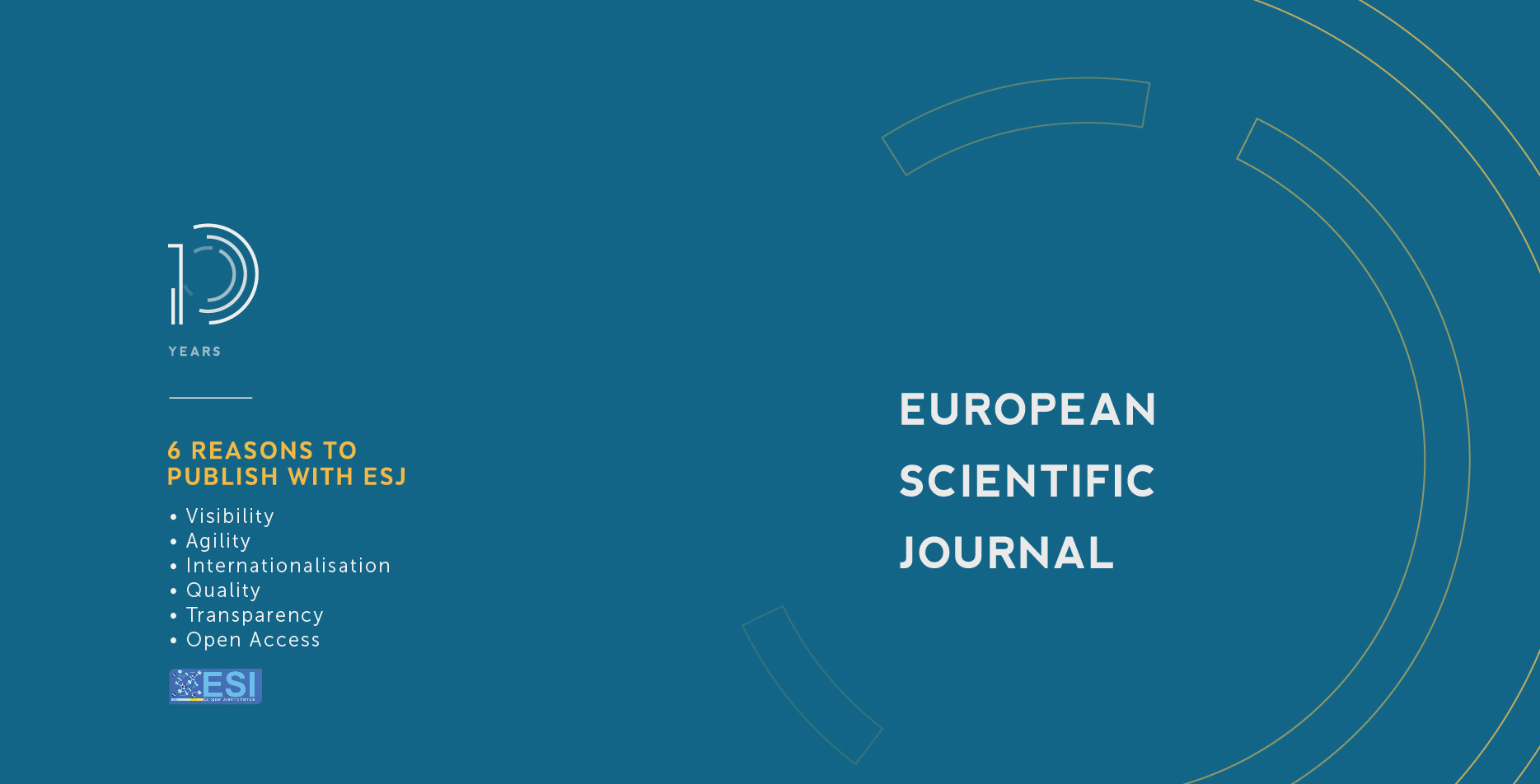Interrelationships Between the Posterior Pharyngeal Space and the Dento-Maxillary Anomalies
Abstract
Introduction: Nocturnal breathing problems have become more common and cause problems during the day for both those affected by this condition and those around them. These problems are caused in most cases by a decrease in the size of the pharyngeal posterior space, which is associated with various abnormalities of the facial skeleton, and the positioning of the tongue. Purpose: The present study has the purpose to determine the existence of a correlation between different facial skeletal abnormalities and the size of the pharyngeal posterior space. Materials and methods: In the present study we performed the analysis of 131 teleradiographs from the database of the department of orthodontics and dentofacial orthopedics within UMFST “Târgu Mureș” performed on patients in order to perform an orthodontic treatment. Patients range in age from 10 to 21 years. Results: To observe the existence of a link between the median differences in values in the lower pharyngeal space between class I and class II, we used the Mann-Whitney U test to compare median values. Thus, the median value in class I is 0, while the median value in class II is 0.3. It was concluded that this difference is statistically significant (p = 0.02). Conclusion: Patients with skeletal class II have smaller dimensions of the lower pharyngeal space than patients with class I and class III. Patients with skeletal class II have an increased risk compared to those with class I or class III of developing obstructive sleep apnea-hypopnea syndrome during their lifetime.
Downloads
Metrics
PlumX Statistics
Copyright (c) 2021 Mihailescu Radu, Serbanoiu Dan Cosmin, Kallos Henrietta Hilda, Mocan Rares

This work is licensed under a Creative Commons Attribution-NonCommercial-NoDerivatives 4.0 International License.








